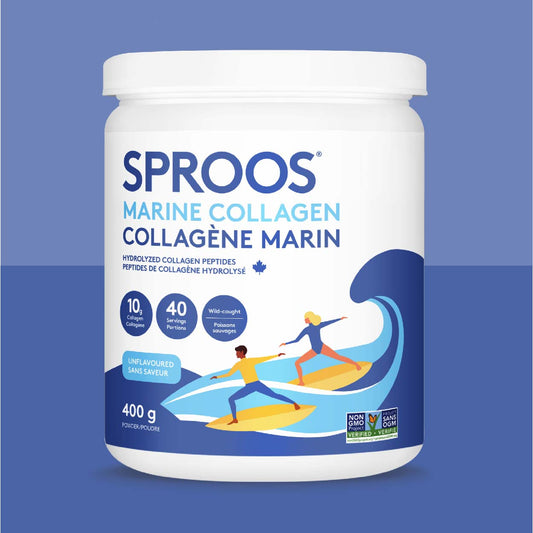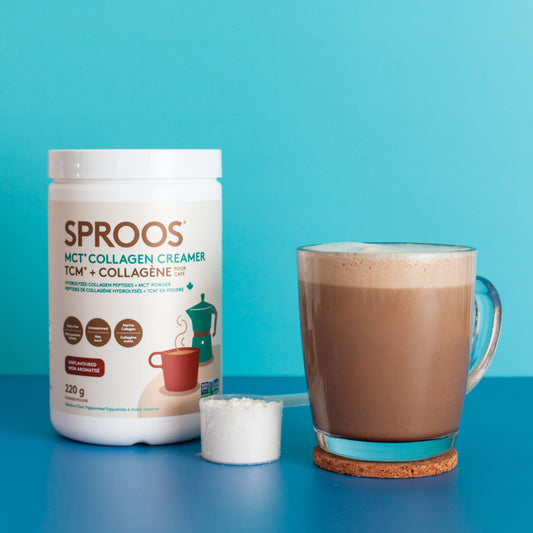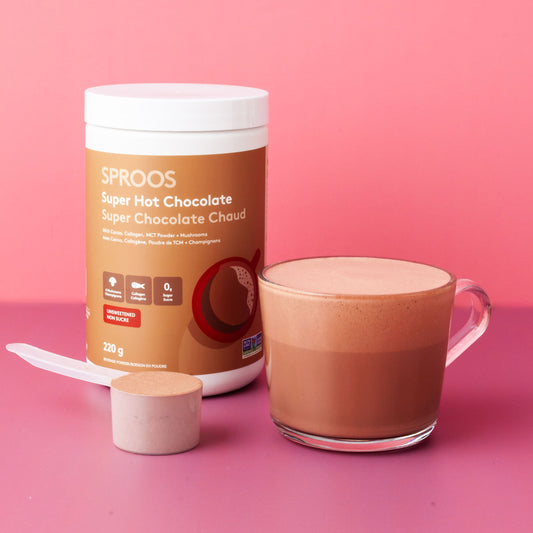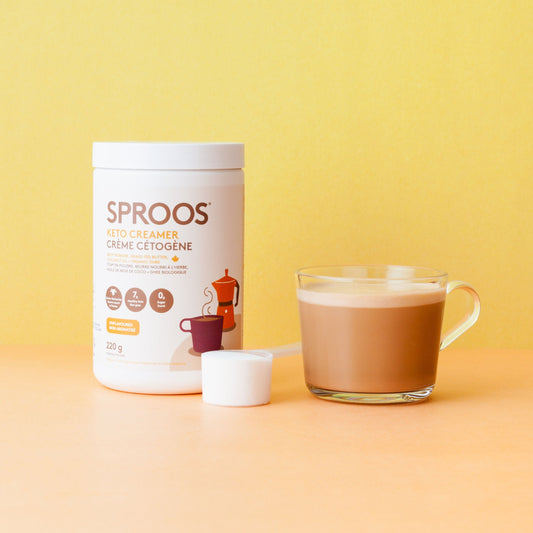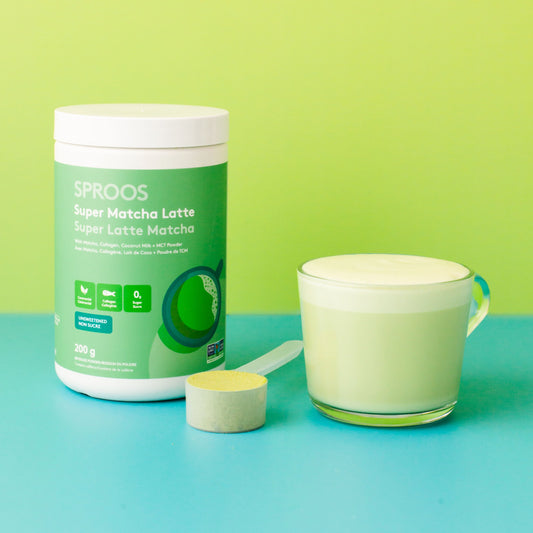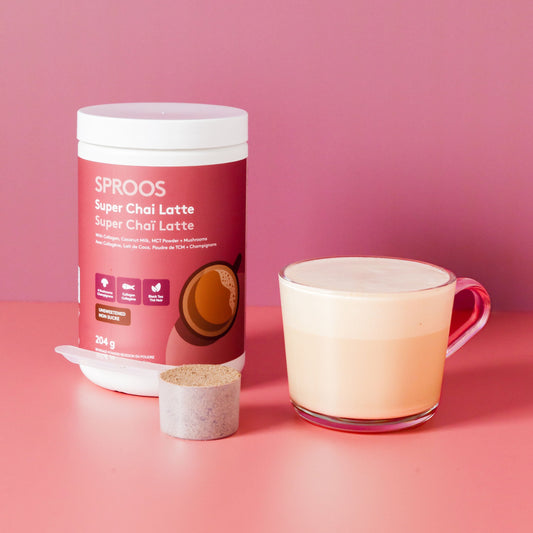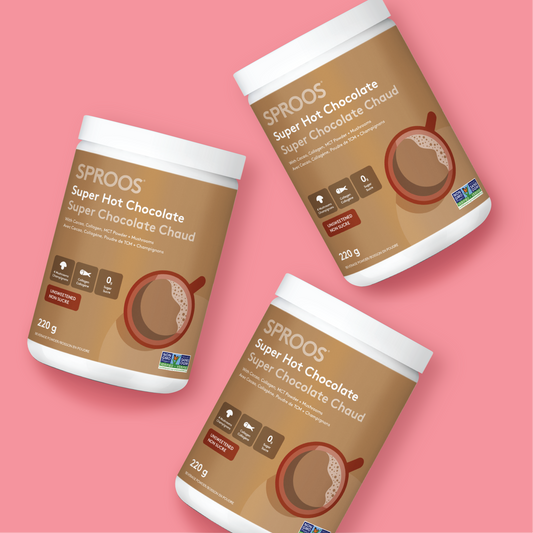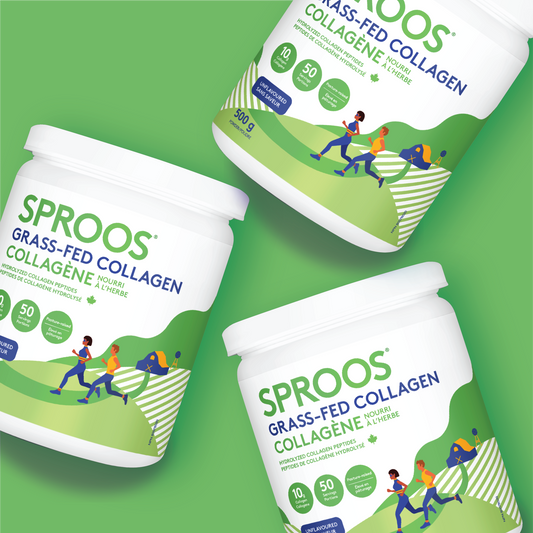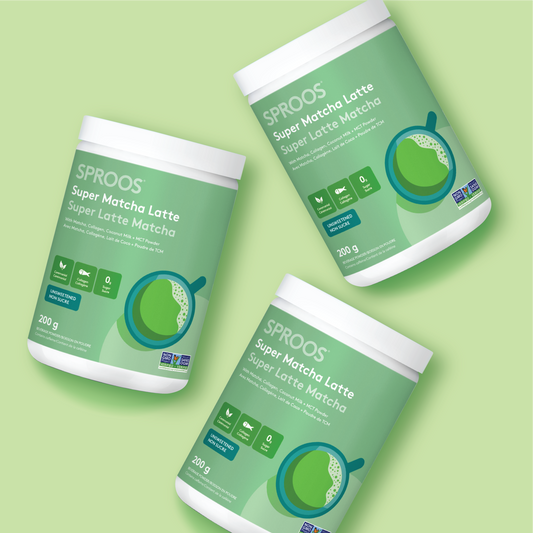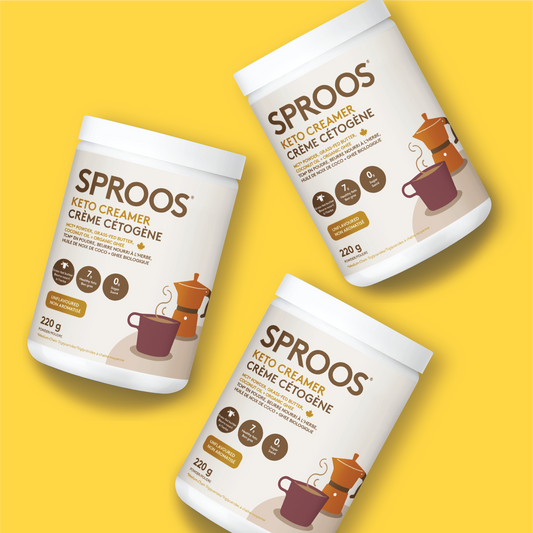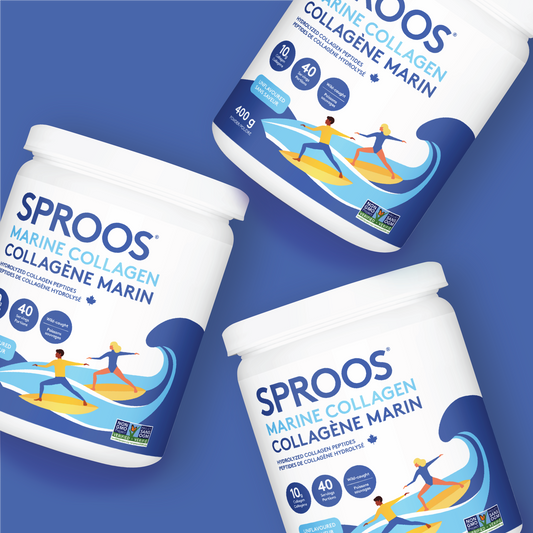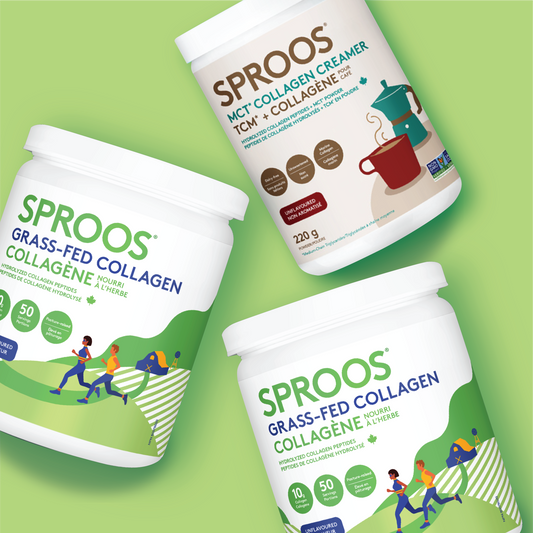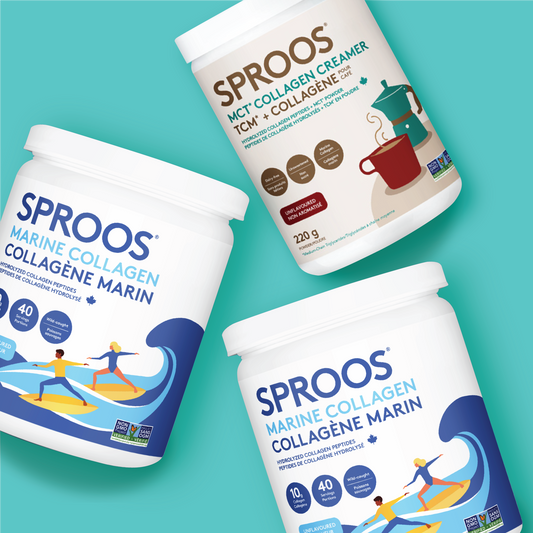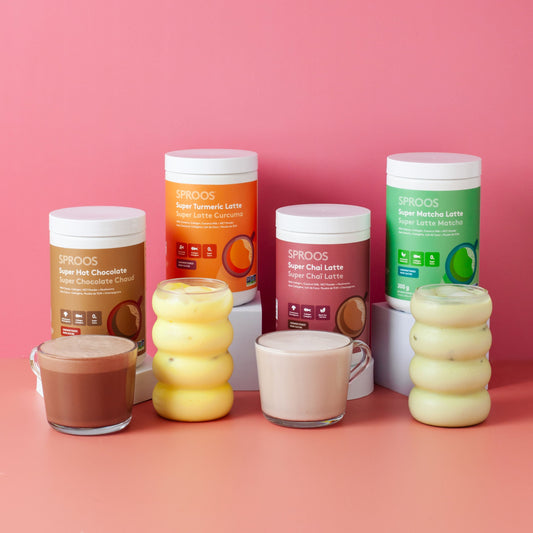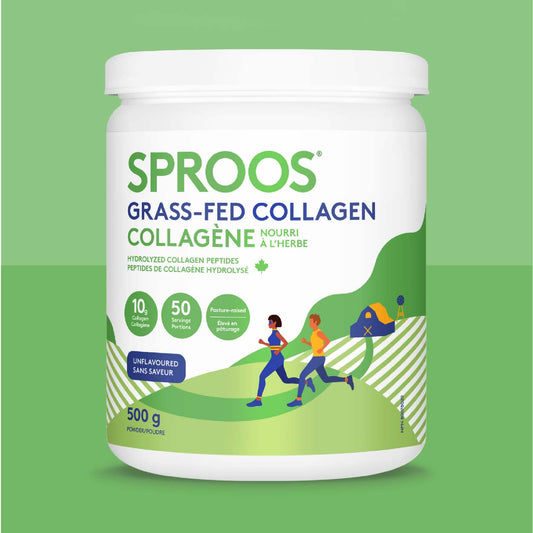Que signifie aphrodisiaque et d'où vient cette idée ?
Un aphrodisiaque est défini comme une substance (cela peut être un aliment, un nutraceutique ou un médicament) qui augmente le désir sexuel, le plaisir sexuel et l'attraction sexuelle. Le terme aphrodisiaque provient de la déesse grecque de l'amour, Aphrodite. Au fil de l'histoire, de nombreuses cultures différentes avaient leurs propres aliments d'origine végétale et animale utilisés comme aphrodisiaques.1. Maca
La maca, également connue sous le nom de ginseng péruvien, est une plante comestible originaire d'Amérique du Sud. Elle a été utilisée historiquement comme aphrodisiaque et pour ses propriétés favorisant la fertilité. Depuis, de nombreuses études sur des modèles animaux et humains ont examiné les effets de la maca sur tous les aspects de la santé sexuelle. Cela inclut la fertilité, l'excitation sexuelle et plus encore. La maca se trouve désormais sous forme de poudre, ce qui la rend facile à ajouter à différentes boissons comme les smoothies ou à divers autres aliments comme la pâtisserie (restez à l'écoute pour une délicieuse recette de maca à venir !).2. Safran
Le safran est une herbe qui a également été utilisée en médecine traditionnelle comme aphrodisiaque. Il est généralement récolté en Grèce et en Inde. La supplémentation en safran a montré des améliorations de la fonction sexuelle chez les hommes et les femmes ayant une libido, un plaisir sexuel et une fonction sexuelle diminués.3. Ginseng rouge
Le ginseng rouge est une herbe cultivée dans l'hémisphère nord du monde. Il a été traditionnellement utilisé pour toutes sortes de bienfaits pour la santé, notamment comme agent anti-inflammatoire, pour aider à la fonction pulmonaire, pour la fonction cognitive et pour la fonction sexuelle. Des études ont trouvé un impact positif du ginseng rouge sur la fonction sexuelle ainsi que aucun impact. Cependant, il y a des résultats prometteurs dans diverses études sur cultures cellulaires (lire : en laboratoire) qui justifient davantage d'études chez l'humain !Quelques autres aliments aphrodisiaques populaires :
Avant d'entrer dans cette liste, il est important de noter que bien que ces aliments soient devenus populaires dans les médias grand public pour leurs effets aphrodisiaques, il existe peu de preuves scientifiques pour soutenir leurs bienfaits. Malgré cela, si manger un morceau de chocolat vous met dans l'ambiance, ne vous arrêtez pas à cause de nous !1. Chocolat
Le chocolat est devenu populaire au fil des ans comme aphrodisiaque, mais la science pourrait suggérer le contraire. Une étude avec 163 femmes a examiné s'il existait une association entre la consommation quotidienne de chocolat et la fonction sexuelle. La consommation de chocolat a été enregistrée, et divers questionnaires ont été utilisés pour évaluer la fonction sexuelle et la détresse. Les chercheurs ont constaté que celles qui rapportaient une fonction sexuelle plus élevée consommaient également plus de chocolat (attendez, continuez à lire !). Pourtant, lorsque les chercheurs ont pris en compte les différences d'âge, ils ont constaté que les différences rapportées dans la fonction sexuelle n'étaient en fait pas si différentes. Cela indiquait que le chocolat avait peu ou pas d'effet sur la fonction sexuelle.
Malgré cela, le chocolat est depuis longtemps associé à tout ce qui concerne l'amour. En tant que tel, le chocolat peut indirectement avoir certains effets aphrodisiaques en raison de sa forte association avec l'amour.
2. Huîtres crues
Bien qu'il y ait peu d'études sur les huîtres elles-mêmes en tant qu'aphrodisiaques, elles sont riches en différents nutriments qui contribuent à la santé sexuelle et à la libido. Le zinc et les oméga-3 sont deux composés importants que l'on trouve dans les huîtres. Les oméga-3 aident à promouvoir la fertilité chez les hommes et les femmes, et le zinc est important dans la production des hormones sexuelles.3. Fraises
Quand on pense aux aliments aphrodisiaques, les fraises et le chocolat viennent à l'esprit. Les fraises sont associées à l'amour et au sexe depuis des siècles. En fait, les Romains considéraient les fraises comme un symbole de Vénus, la déesse de l'amour. Mais il n'existe aucune étude prouvant qu'elles soient aphrodisiaques. Ce délicieux fruit est riche en nutriments qui contribuent à la santé, mais rien ne lie directement ce fruit à une augmentation de l'excitation ou du désir sexuel.4. Figues
Les figues sont un autre fruit longtemps considéré comme aphrodisiaque. Cela est dû davantage à leur apparence qu'à autre chose. Cependant, les figues sont riches en nutriments, notamment en zinc qui joue un rôle dans la production de testostérone, une hormone sexuelle. De plus, les figues contiennent de nombreux autres micronutriments importants pour la santé générale et le bien-être.5. Aliments épicés
Malgré peu ou pas de preuves soutenant un effet physiologique direct des aliments épicés sur la santé sexuelle, ils ont gagné en popularité comme aphrodisiaques. Cela peut être dû à un effet courant de la consommation d'aliments épicés, qui est la légère sensation de picotement sur les lèvres et la langue. Cela est causé par un composé appelé capsaïcine qui stimule les terminaisons nerveuses sur la langue. Vous cherchez à ajouter quelque chose de piquant dans votre vie ? Découvrez cette délicieuse recette de chocolat chaud épicé !Le point à retenir ?
Bien qu'il n'y ait peut-être pas beaucoup de preuves scientifiques pour soutenir que certains de ces aliments soient aphrodisiaques, il existe quelque chose appelé l'effet placebo qui peut jouer un rôle. Avant de vous décourager, l'effet placebo n'est pas aussi mauvais qu'il n'y paraît ! Dans le cas de beaucoup de ces aliments que nous considérons couramment comme aphrodisiaques, il y a peu ou pas de preuves scientifiques pour soutenir de telles affirmations. Cependant, en raison de nos fortes associations et attentes entre ces aliments, le sexe et l'amour, nous sommes plus susceptibles de constater que ces aliments agissent comme des aphrodisiaques de toute façon !Sources
- Choy, M., El Fassi, S., & Treur, J. (2021). Un modèle de réseau adaptatif pour la douleur et le plaisir à travers les aliments épicés et leur désensibilisation. Cognitive Systems Research, 66, 211–220.
- Chung, H. S., Hwang, I., Oh, K. J., Lee, M. N., & Park, K. (2015). L'effet du ginseng rouge coréen sur la fonction sexuelle chez les femmes préménopausées : essai clinique contrôlé par placebo, en double aveugle, en crossover. Evidence-Based Complementary and Alternative Medicine : ECAM, 2015, 913158.
- Oh, K.-J., Chae, M.-J., Lee, H.-S., Hong, H.-D., & Park, K. (2010). Effets du ginseng rouge coréen sur l'excitation sexuelle chez les femmes ménopausées : étude clinique contrôlée par placebo, en double aveugle, en crossover. The Journal of Sexual Medicine, 7(4, Partie 1), 1469–1477.
- Prasad, A. S., Mantzoros, C. S., Beck, F. W. J., Hess, J. W., & Brewer, G. J. (1996). Statut en zinc et taux de testostérone sérique chez des adultes en bonne santé. Nutrition, 12(5), 344–348.
- Salonia, A., Fabbri, F., Zanni, G., Scavini, M., Fantini, G. V., Briganti, A., Naspro, R., Parazzini, F., Gori, E., Rigatti, P., & Montorsi, F. (2006). RECHERCHE ORIGINALE—SANTÉ SEXUELLE DES FEMMES : Chocolat et santé sexuelle des femmes : une corrélation intrigante. The Journal of Sexual Medicine, 3(3), 476–482.
- Wathes, D. C., Abayasekara, D. R. E., & Aitken, R. J. (2007). Acides gras polyinsaturés dans la reproduction masculine et féminine1. Biology of Reproduction, 77(2), 190–201.
Allison Gonzalez
Spécialiste marketing chez Sproos
Allison a récemment obtenu une maîtrise en sciences de la santé humaine et des sciences nutritionnelles à l'Université de Guelph. Elle est passionnée par tout ce qui touche à la santé et au bien-être, et aime enseigner aux autres l'impact que l'alimentation et la nutrition ont sur la vie quotidienne. Pendant son temps libre, elle aime faire de longues courses, prendre un café avec des amis et passer du temps à la plage (quand il ne fait pas trop froid dehors !).


